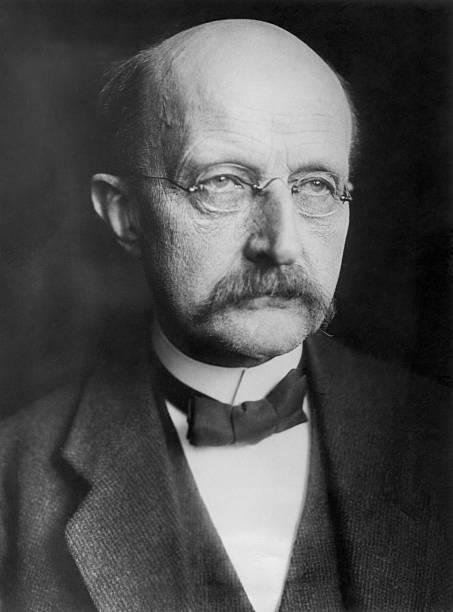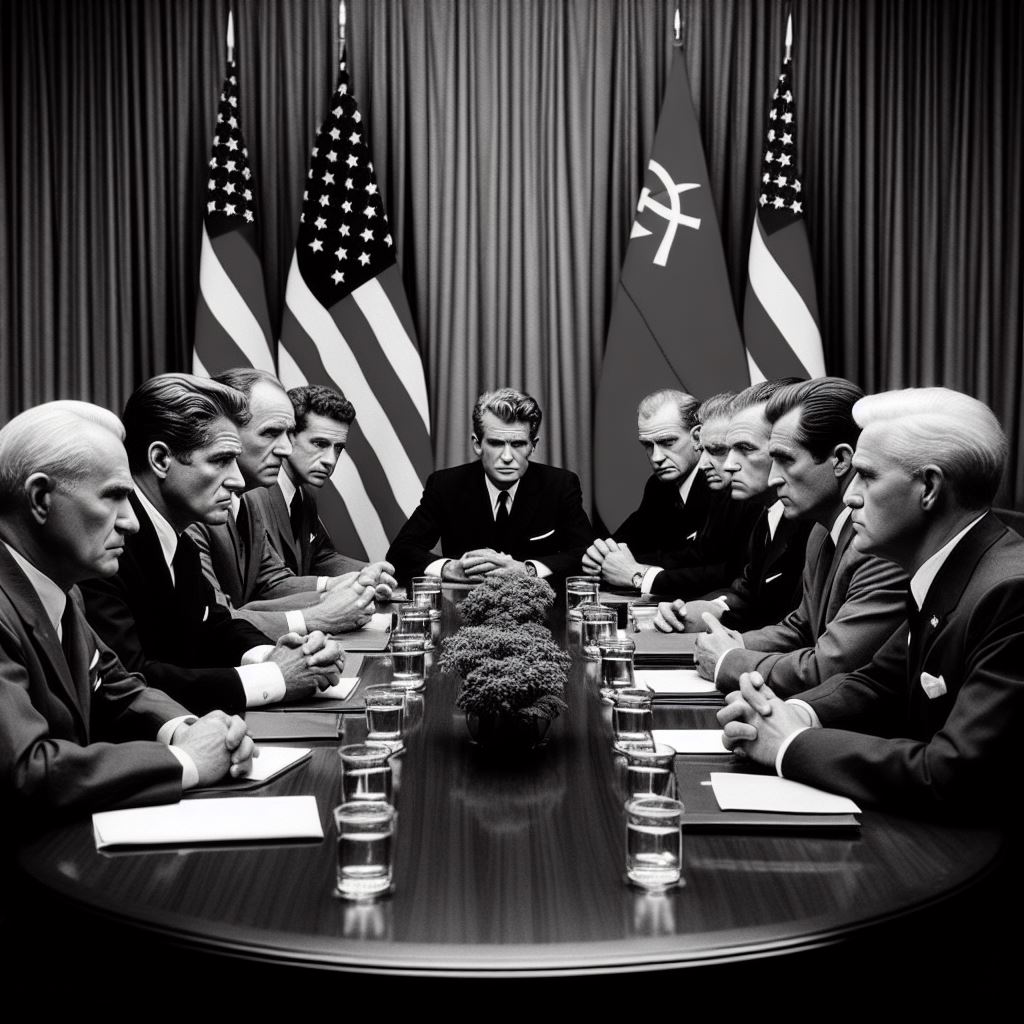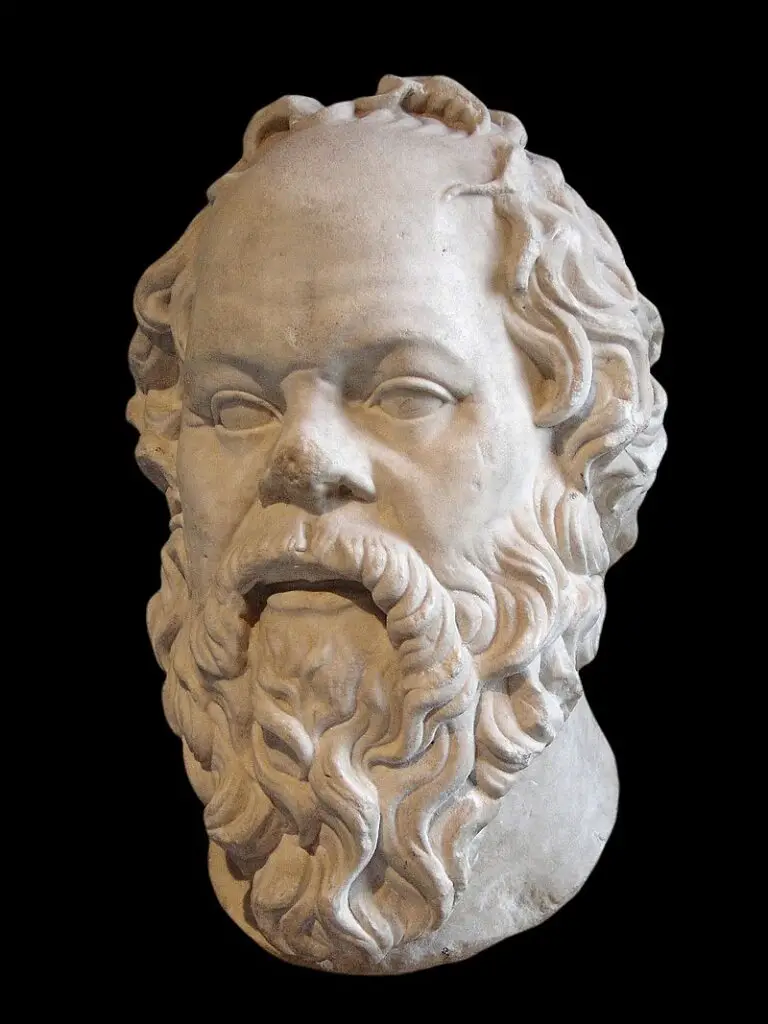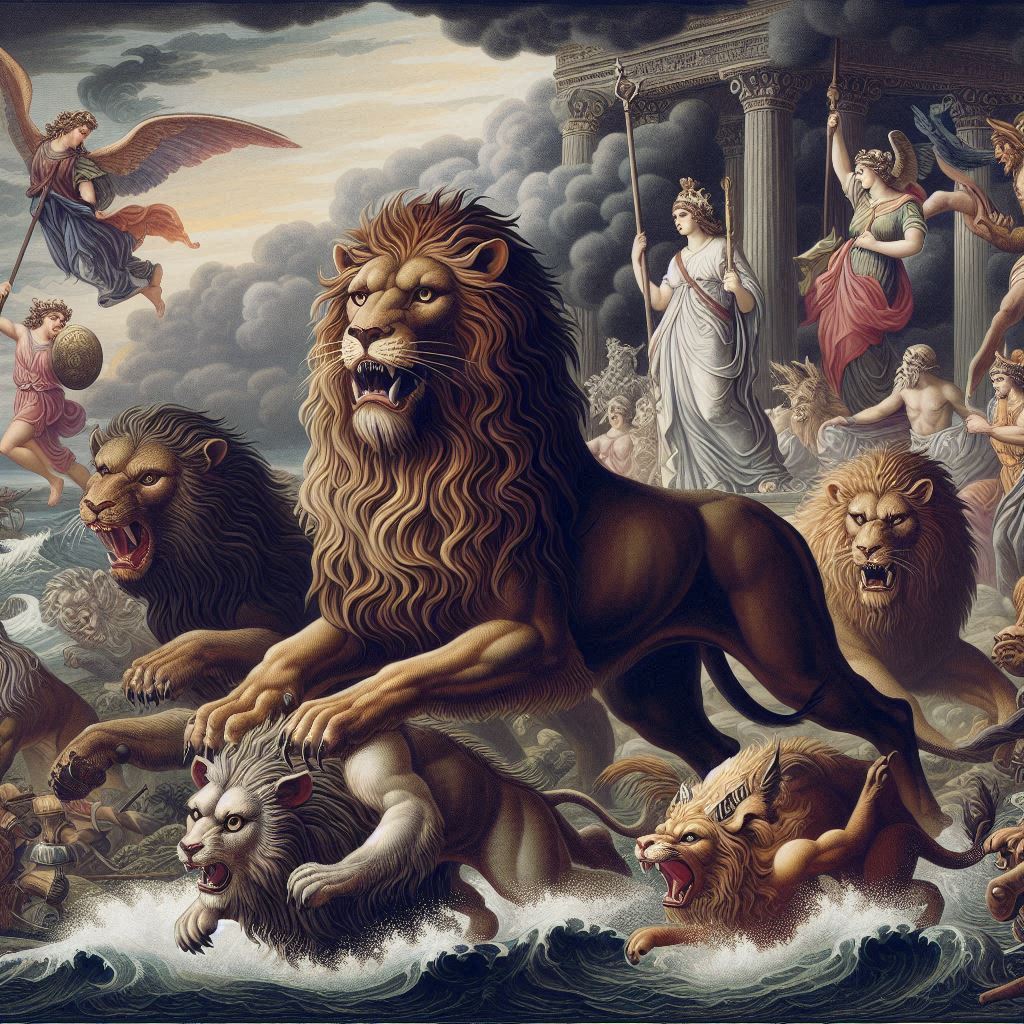Max Planck (1858–1947) was a German theoretical physicist who is often regarded as the father of quantum theory. Born on April 23, 1858, in Kiel, Germany, Planck made groundbreaking contributions to the understanding of the behavior of matter and energy at the atomic and subatomic levels.
Max Planck’s early life was influenced by his academic family background. His father, Julius Wilhelm Planck, was a law professor, and his grandfather and great-grandfather were theologians. Max Planck displayed exceptional intellectual abilities from a young age. He entered the University of Munich at the age of 16, where he studied physics under the guidance of renowned physicists like Philipp von Jolly.
In 1879, Planck completed his doctoral studies at the University of Munich with a dissertation on the second law of thermodynamics. After receiving his doctorate, he continued his studies across Europe, attending lectures by prominent physicists, including Gustav Kirchhoff and Hermann von Helmholtz.
Planck’s early career was marked by an interest in thermodynamics and the second law, and he developed an appreciation for the theoretical aspects of physics. He held academic positions at various institutions, including the University of Munich, the University of Kiel, and the University of Berlin. Planck’s work in thermodynamics earned him recognition, and in 1889, he was appointed to the prestigious position of full professor at the University of Berlin.
However, Max Planck’s most groundbreaking work would come in 1900 when he introduced the concept of quantization to explain the behavior of blackbody radiation. Blackbody radiation refers to the electromagnetic radiation emitted by a perfect absorber and emitter of radiation at thermal equilibrium.
At the time, the prevailing theory of radiation, known as Rayleigh-Jeans law, predicted that the energy emitted by a blackbody would increase without bound as the frequency of the radiation increased—a prediction known as the “ultraviolet catastrophe.” Experimental observations, particularly those of the photoelectric effect, challenged this classical theory.
In an attempt to reconcile theory with observation, Planck made a daring leap. He proposed that energy is quantized, meaning it can only exist in discrete packets or “quanta.” This revolutionary idea represented a departure from classical physics, where energy was thought to be continuous. Planck’s quantization hypothesis suggested that the energy of electromagnetic oscillators, responsible for emitting radiation in a blackbody, could only take on certain discrete values.
To express this quantization mathematically, Planck introduced a fundamental constant, now known as Planck’s constant (h). This constant relates the energy (E) of a photon to its frequency (ν) through the equation E = hν. This equation laid the groundwork for the entire field of quantum mechanics.
Planck’s theory successfully explained the observed spectrum of blackbody radiation and resolved the ultraviolet catastrophe. It also provided a theoretical framework for understanding the photoelectric effect, a phenomenon where light shining on a metal surface ejects electrons.
In 1905, Albert Einstein used Planck’s ideas to explain the photoelectric effect by proposing that light consists of discrete packets of energy called photons. This work by Einstein, building on Planck’s quantum hypothesis, further solidified the quantum theory of light.
Despite the success of his quantum hypothesis, Planck initially saw it as a mathematical trick rather than a true representation of physical reality. However, the subsequent developments in quantum mechanics would prove the profound and revolutionary nature of his insight.
Max Planck’s groundbreaking work in quantum theory earned him the Nobel Prize in Physics in 1918, making him the first physicist to receive the award for work primarily in theoretical physics. His contributions to the understanding of radiation and the development of quantum theory marked a significant departure from classical physics and laid the foundation for a new era in physics.
Planck’s later career involved further exploration of quantum mechanics and its implications. He contributed to the development of matrix mechanics, one of the early formulations of quantum mechanics, and supported the wave-particle duality concept. However, he remained critical of certain aspects of quantum theory, particularly the probabilistic nature introduced by Werner Heisenberg and Erwin Schrödinger.
Max Planck’s life and work were not confined to the theoretical realm of physics. He played an active role in the scientific community and held various administrative positions. During World War I, Planck was involved in patriotic and humanitarian efforts. He also served as the president of the Kaiser Wilhelm Society for the Advancement of Science, a position he held from 1930 to 1937.
However, the rise of the Nazi regime in Germany cast a dark shadow over Planck’s later years. Despite his significant contributions to German science, Planck opposed the anti-Semitic policies of the Nazis. His open criticism of the regime and his support for Jewish colleagues put him at odds with the government. In 1933, Planck lost his position as president of the Kaiser Wilhelm Society, and in 1938, he suffered a personal tragedy when his son, Erwin Planck, was executed for his involvement in a failed attempt to assassinate Adolf Hitler.
Max Planck faced the challenges of navigating the tumultuous political landscape of Nazi Germany while maintaining his commitment to scientific principles and human decency. Despite the personal and professional difficulties, he remained steadfast in his opposition to the Nazi regime.
Planck’s contributions to science and his moral stance against totalitarianism did not go unnoticed. After World War II, he was reinstated as president of the Kaiser Wilhelm Society, which was later renamed the Max Planck Society in his honor. The Max Planck Society has since become one of the leading research organizations in the world.
Max Planck’s scientific legacy extended beyond quantum mechanics. His work laid the groundwork for subsequent developments in quantum theory, leading to the birth of modern physics. The wave-particle duality, uncertainty principle, and quantum entanglement—all fundamental aspects of quantum mechanics—find their roots in Planck’s original quantization hypothesis.
Planck’s death on October 4, 1947, marked the end of an era in physics. His life journey—from a young student in Munich to a revolutionary physicist—mirrored the evolution of physics during a transformative period. Max Planck’s legacy lives on in the principles of quantum mechanics and the Max Planck Society, ensuring that his contributions to science and principles of intellectual integrity continue to inspire generations of physicists and researchers worldwide.










